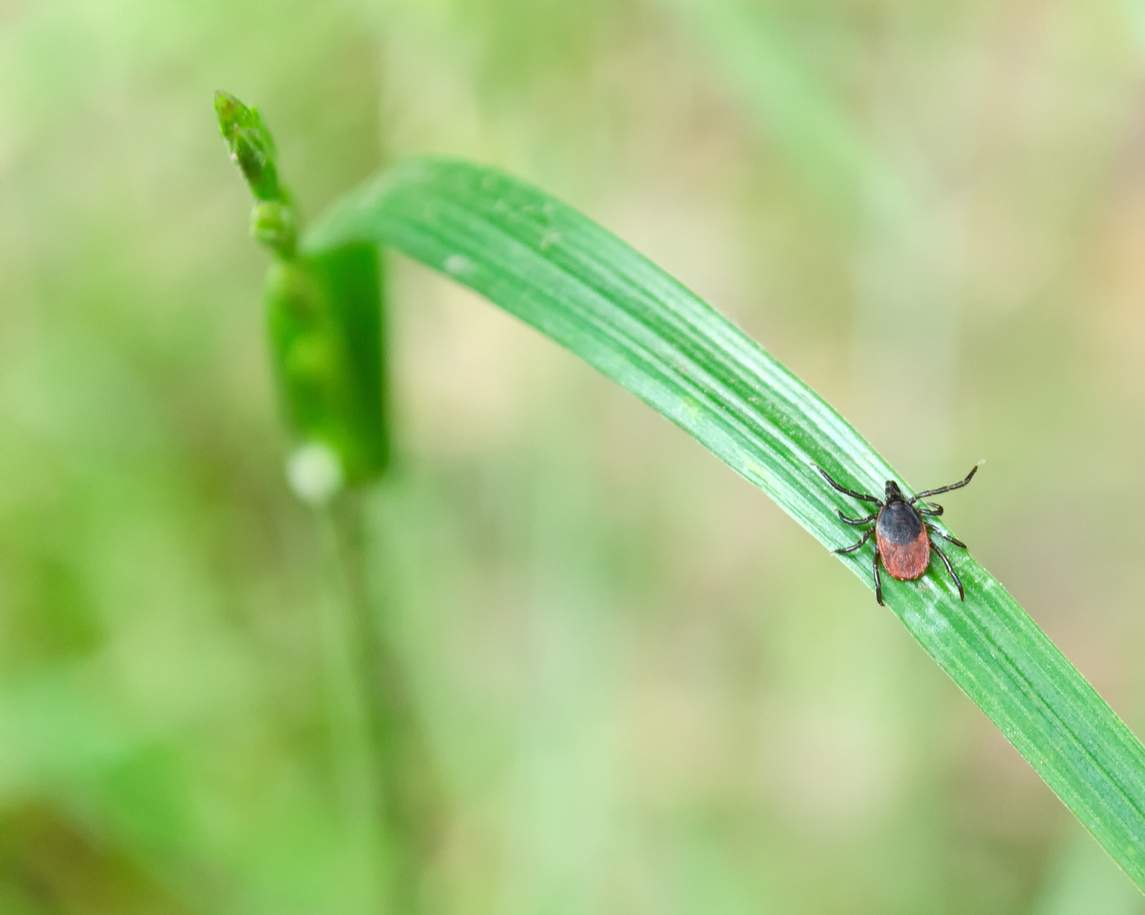There is likely no topic as hot, emotional, or creepy than ticks that carry and transmit terrible diseases to your family, friends, and pets. The rate of tick-borne diseases has risen exponentially over the past decade, showing up in counties and towns not previously infested. Ticks are a real health threat in NH and VT, able to transmit three primary and five lesser known diseases.
The three most common tick-borne diseases are Lyme disease (the most common), Anaplasmosis (formerly called HGE), and Babesiosis. While the first two disease are bacterial in nature and treated with antibiotics, Babesiosis is a protozoan, related to malaria. The black legged tick, commonly referred to as the “deer tick”, is the primary vector for all three of these serious diseases.
Although the Seacoast Region in NH seems to be a hot spot for ticks and reportable diseases, the Upper Valley and western NH communities have shown an ever increasing rate of confirmed bites and diseases in recent years. Chippers’ rate of proactive tick sprays has grown at unprecedented rates in recent years as the public’s awareness of the risks and incidence of tick bites increases.
Ticks and the associated diseases took on a personal note for me this past year. My wife was bitten and contracted Anaplasmosis, a most painful and debilitating disease. I saw firsthand what a small tick bite can do in such a short period of time. There is no question that ticks are a public health hazard and precautions should be taken as much as possible when enjoying the great outdoors.
Precautions include repellents, long pants, socks, tall boots if possible, and long sleeves – anything to keep the tick from making skin contact. Permethrin has been proved to be an effective method to reduce bites (tickinfo.com). The best course of action is a self-check at the end of the day and/or shower. Finding a tick on you the same day, even if they have bitten you, generally means not enough time has elapsed for the transmission of a disease. Whenever possible, try and save the tick to bring to your family doctor or vet to help confirm or rule out a potential tick-borne disease.
Treating your property is another effective way to reduce ticks around your home. Tick populations can be reduced any time of year, but the spring and fall are the most vital because of their life cycle. In the spring to early summer, the goal is to reduce last year’s adult ticks before they can breed. In the fall, it’s important to reduce the population before they can overwinter and emerge the following spring. Applications are available in organic or traditional blends and both achieve excellent results. The costs are comparable but the staying power of an organic treatment is shorter and may require an additional application.


